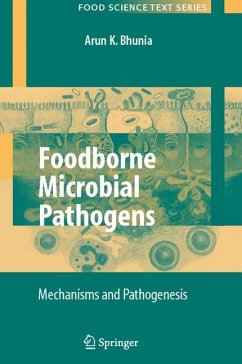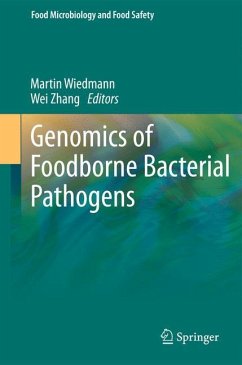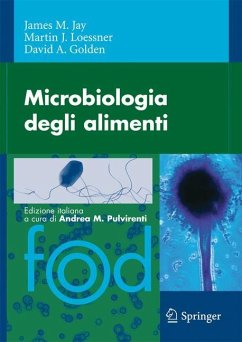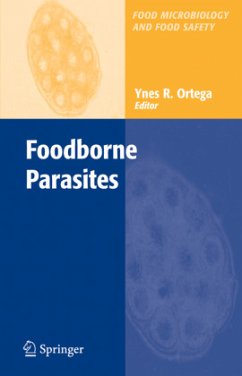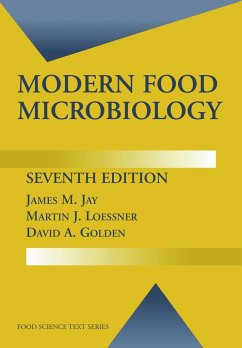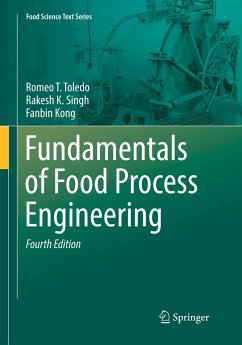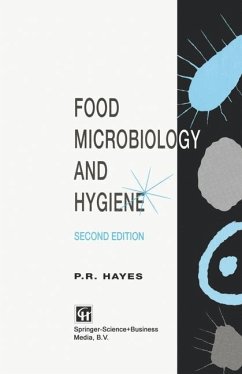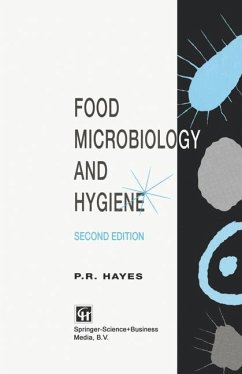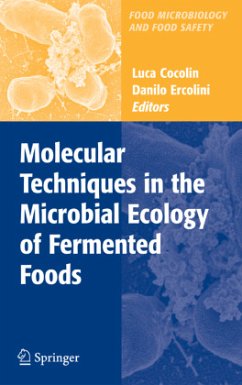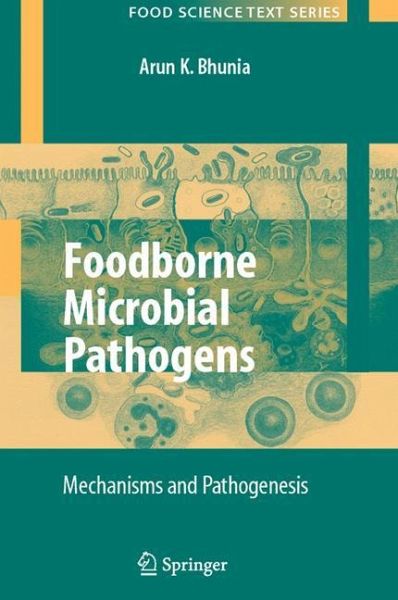
Foodborne Microbial Pathogens
Mechanisms and Pathogenesis
Versandkostenfrei!
Versandfertig in 6-10 Tagen
38,99 €
inkl. MwSt.
Weitere Ausgaben:

PAYBACK Punkte
19 °P sammeln!
Ever since my days in veterinary school, I was fascinated with the field of microbiology. I always wondered how such a small microscopic organisms are capable of causing infections in other living organisms; big or small, young or old, and healthy or immunocompromised. The subject captured my imagi- tion. Many of the same microorganisms that cause diseases in animals also infect humans. In recent days, pathogens of animal origin impose even greater concern with increasing threat of avian influenza to cause pandemic, and spread of deadly bovine spongiform encephalopathy (mad cow disease) and ma...
Ever since my days in veterinary school, I was fascinated with the field of microbiology. I always wondered how such a small microscopic organisms are capable of causing infections in other living organisms; big or small, young or old, and healthy or immunocompromised. The subject captured my imagi- tion. Many of the same microorganisms that cause diseases in animals also infect humans. In recent days, pathogens of animal origin impose even greater concern with increasing threat of avian influenza to cause pandemic, and spread of deadly bovine spongiform encephalopathy (mad cow disease) and many bacterial pathogens such as Listeria, E. coli O157:H7, Salmonella, Yersinia, and Campylobacter. I am especially intrigued by the cunning strategy pat- gens employ for their survival in a host and their exploitation of host cellular machinery to promote their own invasion into the host. Pathogenic mechanism is complex and unraveling that process requires great minds. Today, mic- biologists, cell biologists, and immunologists employing many sophisticated molecular tools are unraveling that secret at a very fast pace. Thus it requires a great deal of efforts to compile and update information in a textbook and it was rather a monumental task. My goal with this book was to paint a bigger picture of pathogenic mechanism of foodborne pathogens, which are responsible for many of modern day outbreaks, and diseases worldwide, and narrate the subject with easy to comprehend illustrations.




